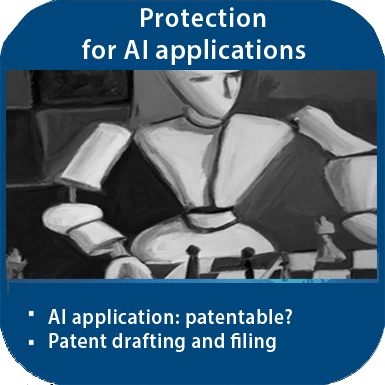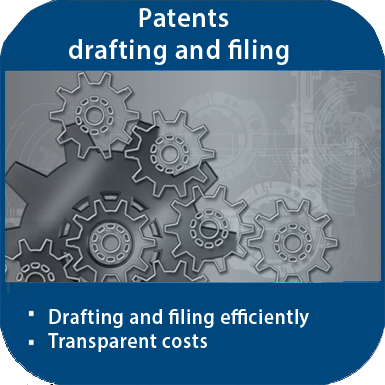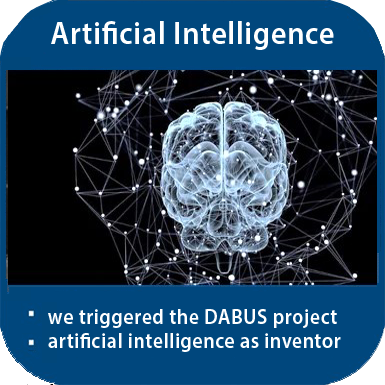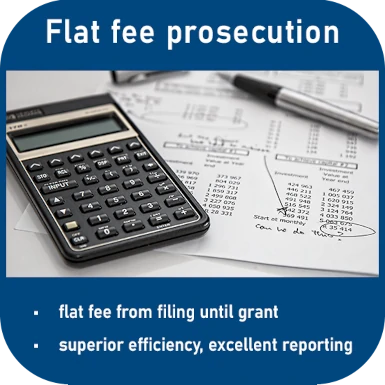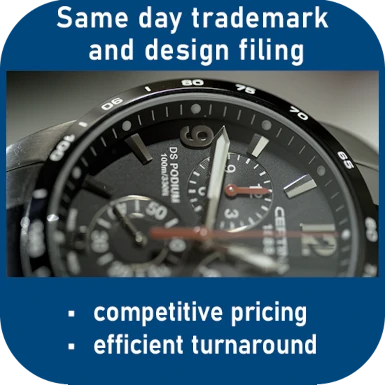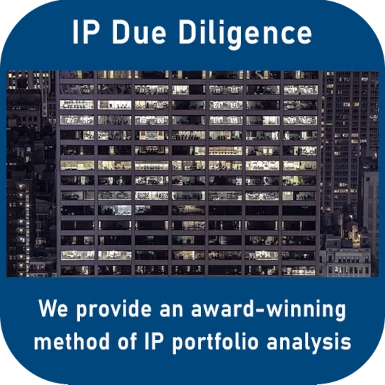Patent application Virtual Infrastructure: inventive?

Virtual space is not only omnipresent in the context of Facebook's META universe. For industry in particular, a so-called digital twin is an important element in strategy and research and development. We take this as an opportunity to report on the current EPO decision Virtual Infrastructure as a case study.
The patent application in dispute, Virtual Infrastructure, describes a method for providing a virtual infrastructure and its control.
The virtual infrastructure is thus assigned to one or more owners, and the patent-pending method can control, via a control server, that the virtual infrastructure is issued to one or more tenants on the basis of a hierarchical ownership arrangement.
Patent application Virtual Infrastructure: Inventive?
The European Patent Office objected to this patent application Virtual Infrastructure. The examining division criticised that the invention had essentially already been disclosed in D1 and that there was no inventive step (requirement of Article 56 EPC).
One of the EPO's boards of appeal recently decided on the appeal against this decision.
Citation document 1 is a US patent entitled Control Server, Service Providing System, And Method of Providing a Virtual Infrastructure (D1, the US 2012/158938). Both D1 and the patent in suit disclose a method of providing a virtual infrastructure based on an infrastructure of physical resources by a control server. The undisputed difference between them is primarily the classification of the parties as owners or tenants to whom the virtual infrastructure is assigned.
But is this feature technical at all?
Board of Appeal: classification of the parties is not technical
The Board of Appeal of the EPO was not convinced. In their view, the classification of the parties is not a technical feature of the parties, but a purely administrative/business feature. As such, it could not be taken into account for the question of inventive step. This was also supported by the fact that the description referred to the parties as, inter alia, tenants of business units, wholesale units and retail units.
The classification of parties and allocation of Virtual Infrastructure is technical, objected patent applicant Alcatel Lucent (France), because it is a supervisor who has an overview of all owners. But the owners would have primary decision-making power over which tenants to allocate resources to.
In D1, on the other hand, all virtual infrastructure resources were allocated directly by the control server.
The Board of Appeal disagreed with this reasoning with the following considerations:
1. In D1, the virtual infrastructure provisioning units are included in the control server. However, the allocation of the virtual infrastructure resources is made by the virtual device provisioning units. 2.
2. In contrast, in the patent application at issue, an allocation by one party to another party cannot be made without the involvement of the provisioning device (see "cause the apparatus... to control allocating..." in claim 1). There is therefore no complete delegation of authority from the providing apparatus to a party for the allocation of virtual infrastructure.
Virtual Infrastructure: vaguely defined
In addition, owners and tenants had been broadly and vaguely defined, according to board of Appeal of the EPO. With regard to virtual infrastructure, their functionality was to be seen in the virtual infrastructure provision units.
These units are organised hierarchically, and this is also the case in D1. Furthermore, the virtual infrastructure provision units in D1 can themselves allocate virtual objects to other virtual infrastructure provision units.
The additional feature added via auxiliary request 2b (that the device controls the allocation of virtualised infrastructure resources by some tenants to other tenants) was therefore also not convincing. It was derivable from D1, the Board of Appeal decided, and dismissed the appeal in its entirety (T 0298/21 (Network infrastructure virtualization/ALCATEL) 03-05-2023).
The patent application Virtual Infrastructure did not fulfil the requirements of Article 56 EPC with regard to D1 because of the lack of an inventive step.
This Virtual Infrastructure case study illustrates once more the meaning of professional patent drafting, taking into account the perspective of the respective patent office. This is particularly important for digital inventions.
Our team has proven experience in this field. Would you also like to file or defend a patent application for a digital invention? Please contact our law firm K÷llner & Partner by phone at +49 69 69 59 60-0 or please send us an email info@kollner.eu.
